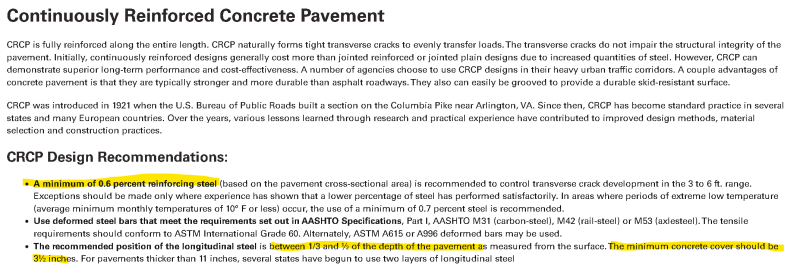cec17
Structural
- Oct 24, 2014
- 42
I have an equipment slab that is fairly large 130' x 20' and 12" thick for traffic reasons. I would like to break up the "long" direction with control joints. However, usually the depth of our control joint sawcut is D/4 (and I have seen D/3).
That would put the saw cut in a 12" slab at 3" or 4" deep which is deeper than our top mat of steel. What have you done about control joints in a 12" slab? Just reinforce to 0.5% and don't install control joints? 12" seems like the cutoff zone, where detailing at control joints comes into play due to top mat depth.
That would put the saw cut in a 12" slab at 3" or 4" deep which is deeper than our top mat of steel. What have you done about control joints in a 12" slab? Just reinforce to 0.5% and don't install control joints? 12" seems like the cutoff zone, where detailing at control joints comes into play due to top mat depth.

